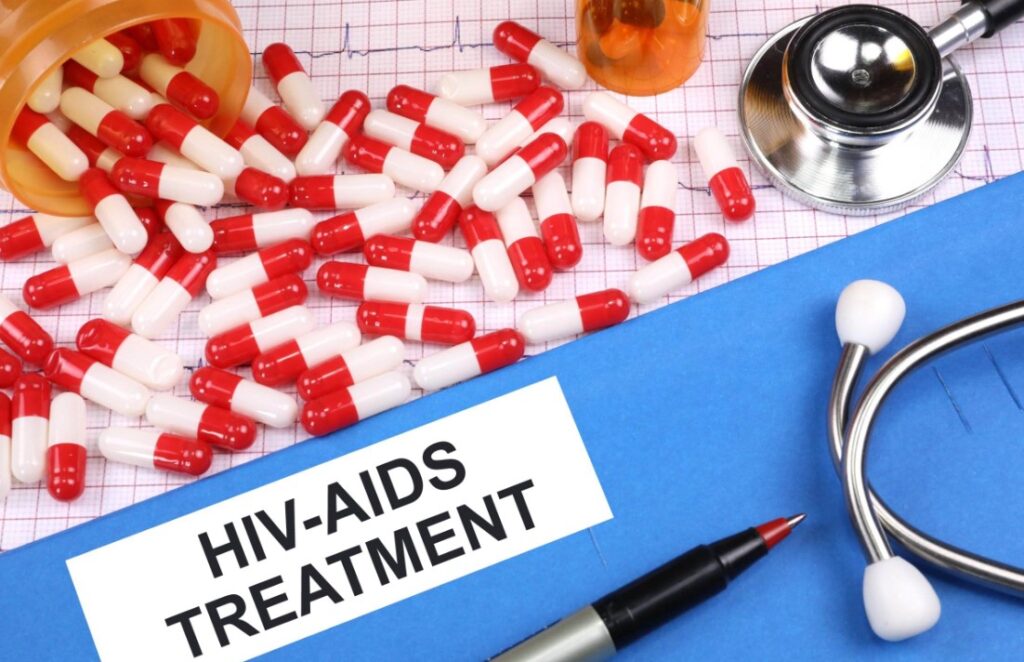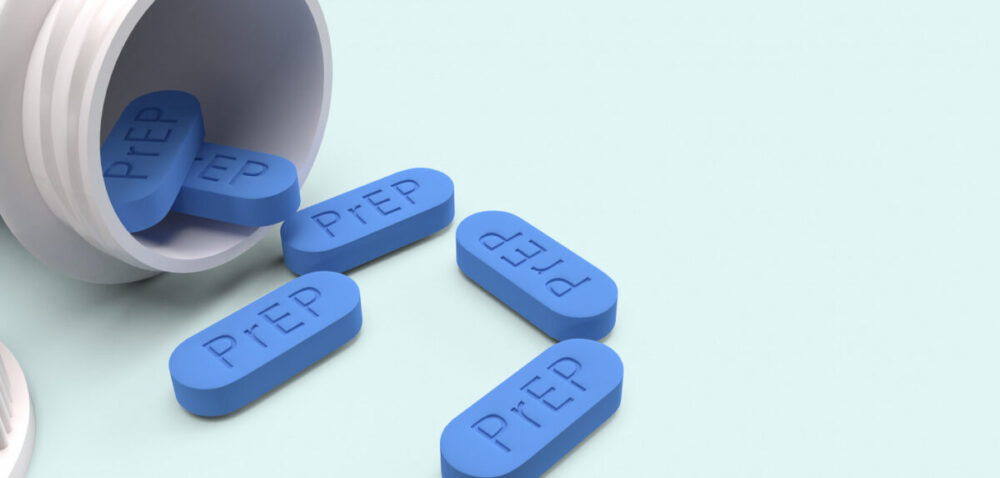In a fast-evolving medical landscape, the advent of PrEP (Pre-exposure Prophylaxis) is a momentous stride in combating HIV. This innovative preventive approach, which involves the intake of certain medications before potential exposure, offers promise and protection in equal measure.
This guide aims to illuminate the intricacies of PrEP, presenting them in a comprehensible manner that enlightens and empowers.
The Effectiveness of PrEP in Reducing the Risk of Contracting HIV
At its core, PrEP leverages the power of antiretroviral drugs to erect a protective barrier against HIV. A succession of clinical trials has consistently proven its prowess in drastically minimizing the risk of HIV transmission among those who might be at heightened risk. When taken with diligence and regularity, Q Care Plus offers a level of protection that rivals, if not surpasses, many traditional prevention methods.
However, the effectiveness of this medical marvel is intimately tied to its consistent and accurate consumption. Skipping doses or irregular intake can compromise this shield. While the medicinal aspect is undeniably powerful, it is complemented and reinforced by behavioral practices. Ensuring regular medical consultations, practicing safe sex, and maintaining a healthy lifestyle amplifies its protective efficacy.
Understanding the Potential Side Effects and Safety Profile of PrEP

Source: kurir.rs
No conversation about medication is complete without addressing possible side effects. For many individuals, PrEP is a smooth journey with little to no side effects. However, a small fraction may experience initial hiccups in the form of nausea, fatigue, or transient headaches. It’s heartening to note that these symptoms usually wane as the body acclimatizes to the medication over time.
Beyond the common, minor side effects, there are broader concerns associated with any long-term medication. In the context of PrEP, questions often arise about its impact on kidney function and bone mineral density. Although these side effects are rare, their potential can’t be ignored.
This underscores the importance of routine medical evaluations when on PrEP. Such evaluations not only detect early deviations in health parameters but can also adjust medication regimens in response, ensuring the user’s safety and well-being.
Want to Start PrEP Medication Pills?
If you’re considering PrEP as a line of defense against HIV, the first and most pivotal step is a detailed consultation with a healthcare professional. They can holistically assess your risk profile, health history, and current circumstances to make an informed decision.
Remember, PrEP isn’t an off-the-shelf solution. It requires a nuanced approach, considering various factors to tailor a regimen that’s just right for you.
Initiating a PrEP regimen is a significant commitment, necessitating adherence to the prescribed schedule and an awareness of its multifaceted implications. Beyond the pills, a successful PrEP journey often involves regular health checks, periodic blood tests, and consistent communication with healthcare providers.
These actions together optimize the protection offered by PrEP and ensure that its users remain one step ahead of potential risks.
The Historical Journey of PrEP Development

Source: ppsthane.com
Tracing back to the first reported cases of AIDS in the early 1980s, the global health community has been in a relentless pursuit to counteract the HIV epidemic. This endeavor led to extensive research, trials, and ultimately, the inception of PrEP.
By the early 2000s, with the synthesis of effective antiretroviral drugs, the idea of preventive medication was explored. Clinical studies conducted over the next decade yielded promising results, setting the stage for PrEP’s introduction to the market and its pivotal role in HIV prevention strategies today.
Addressing PrEP Accessibility and Cost
Despite its effectiveness, access to PrEP remains a challenge in many regions, often hindered by cost and limited awareness. Advocacy groups globally are tirelessly working to broaden PrEP’s accessibility. Collaborative efforts between NGOs, governments, and pharmaceutical companies are striving to lower costs, initiate public awareness campaigns, and integrate PrEP into national healthcare systems to ensure that it reaches those most in need.
Cultural Impact and Societal Acceptance of PrEP
The introduction of PrEP has not only impacted the medical landscape but has also resonated in the sociocultural arena. For many, PrEP has transcended its medicinal role to become a symbol of empowerment and control over one’s sexual health.
However, like many advancements in sexual health, it’s been met with varying degrees of acceptance. Raising awareness, dispelling myths, and fostering open dialogues are imperative in ensuring PrEP’s broader acceptance and erasing associated stigmas.
Frequently Asked Questions about Using PrEP as an Effective Form of HIV Protection

Source: charlescountyhealth.org
1. Is it a substitute for condoms?
While PrEP acts as a robust barrier against HIV, it doesn’t replace the need for condoms. Using condoms offers additional protection against HIV and defends against other sexually transmitted infections. When combined, PrEP and condoms create a fortified shield against potential threats.
2. Does it protect against other STIs?
PrEP’s primary aim is HIV prevention. It doesn’t offer to safeguard against other STIs. For holistic protection, it’s wise to combine PrEP’s power with other preventive methods, notably the consistent use of condoms.
3. Do I need to take it every day?
PrEP’s dosing frequency can vary based on the prescribed regimen. Some individuals might need a daily dose, while others might be on event-based dosing. Regular consultations ensure adherence to the most effective regimen tailored to individual needs.
4. Are there any long-term side effects
Long-term side effects, such as potential changes in kidney health or bone density, are uncommon but crucial to be aware of. Consistent health check-ups and open dialogue with healthcare professionals help in early detection and intervention.
5. Can I stop taking it if I am no longer at high risk for HIV?
Deciding to halt PrEP should always be done in tandem with a healthcare provider. Changes in personal circumstances, relationships, or behaviors can influence this decision. Regular assessments aid in determining the ongoing need.

Source: news-medical.net
In Summation
The introduction of PrEP in our arsenal against HIV is a testament to the incredible strides medicine has made. Its potential, when combined with responsible health practices, paves the way for a future where the specter of HIV is significantly diminished.
Being informed, proactive, and engaged with our health choices will ensure that tools like PrEP are used to their maximum potential, marking another significant step towards a healthier world.











